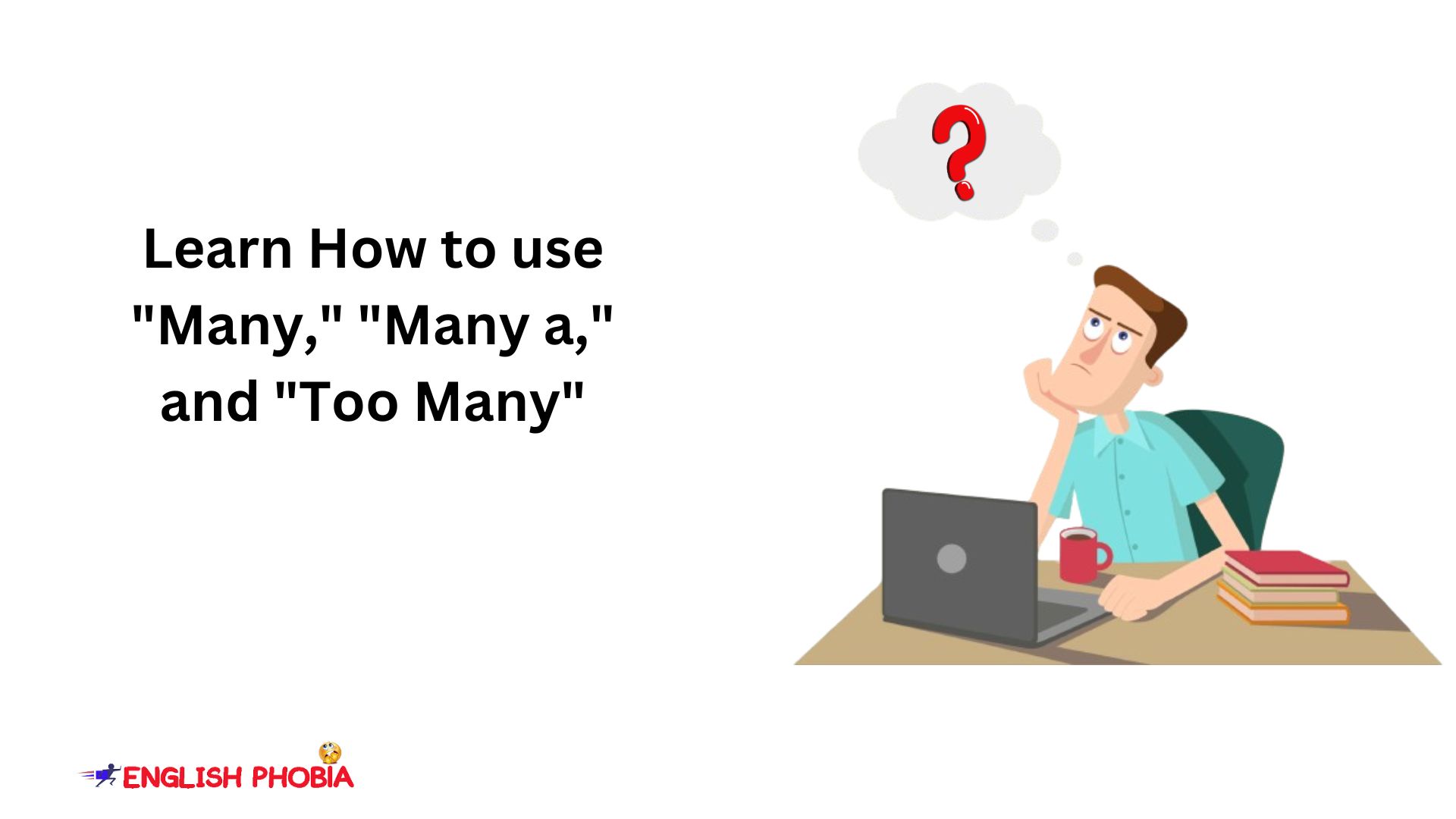Are you also confused with the adjectives of the same origin? The use of bored and boring confuses you. Learning how to use present and past participle adjectives is very important. We form both types of adjectives from verbs. These make your language attractive. In this article, we will learn the rules of how to use present and past participle adjectives and a lot of examples.
Rule 1: Present Participle Adjectives
We form present participle adjectives by adding the suffix ‘-ing’ to the base form of a verb. This transformation allows the verb to function as an adjective in English. This may look like Gerund in English, but they both are different. It describes a clear view of something.
For example,
1) The sleeping baby didn’t wake up. (The baby is currently in a state of sleep.)
2) Neha watched the dancing people at the party. (The people are currently in a state of dancing)
3) The barking dogs do not let us sleep at night. (The dogs are currently making a barking sound.)
4) He praises the shining dewdrops on the morning grass. (The dewdrops are currently in a state of shining.)
5) The flowing river provided a soothing soundtrack to our hike. (The river is currently in a state of motion)
These examples show how present participle adjectives describe the nouns. They add depth and liveliness to the descriptions. They make the sentences more attractive and engaging.
Rule 2: Past Participle Adjectives
Past participle adjectives are a special category of adjectives. We form past participle adjectives from the root form of a verb. They usually add in the base form of the verb -ed’, ‘-en’, ‘-d’, ‘-t’, or ‘-n’.
For example,
1) The astonished look on her face revealed her surprise. (She experienced astonishment.)
2) The excited children opened the gifts on Christmas Eve. (The children felt excitement)
3) The polished color sparkled on the table. (The color was subject to a process of polishing.)
4) The tired hiker sat down to rest after a long trek. (The hiker felt extreme tiredness).
5) The painted walls give a fabulous look to the restaurant. (The walls relate to paintings).
Rule 3: Employing Participles as Adjectives
We can enlist participles to provide extra information about a noun. They typically precede a noun within a sentence. Below are instances showcasing both present and past participle adjectives in action:
For example,
1) The glistening dew adorned the morning grass. (Present participle)
2) The confused expression on her face spoke volumes. (Past participle)
3) The forgotten legends of ancient civilizations attracted him. (Past participle)
Rule 4: Hyphenation with Participles
Sometimes we hyphenate present and past participle adjectives when they precede a noun. This practice serves to avert clarity and describe the relationship between words.
For examples,
1) She presented a well-crafted sculpture. (The sculpture is skillfully crafted.)
2) The readers of all ages praise the well-loved book. (Many people like the book.)
3) He is famous as an ever-helpful member of the community. (He was helpful.)
Rule 5: Exceptions to the Norms
Although most participles adhere to the rules, they are different from the rules.
For example,
1) Good (instead of ‘well’) – The soup tasted good. (The soup was tasty.)
2) Bad (instead of ‘badly’) – I felt bad after the incident. (I felt emotionally distressed.)
3) Late (instead of ‘lately’) – Roma arrived late to the meeting. (Roma arrived after the designated time.)
Importance of Present and Past Participle Adjectives
Understanding how to use present and past participle adjectives makes your English attractive. You must know what are participles and how to use them. They provide an easy way of describing something. If you know the different forms of verbs, you can easily form these adjectives. They help you not only learn verbs but also use them as adjectives.











